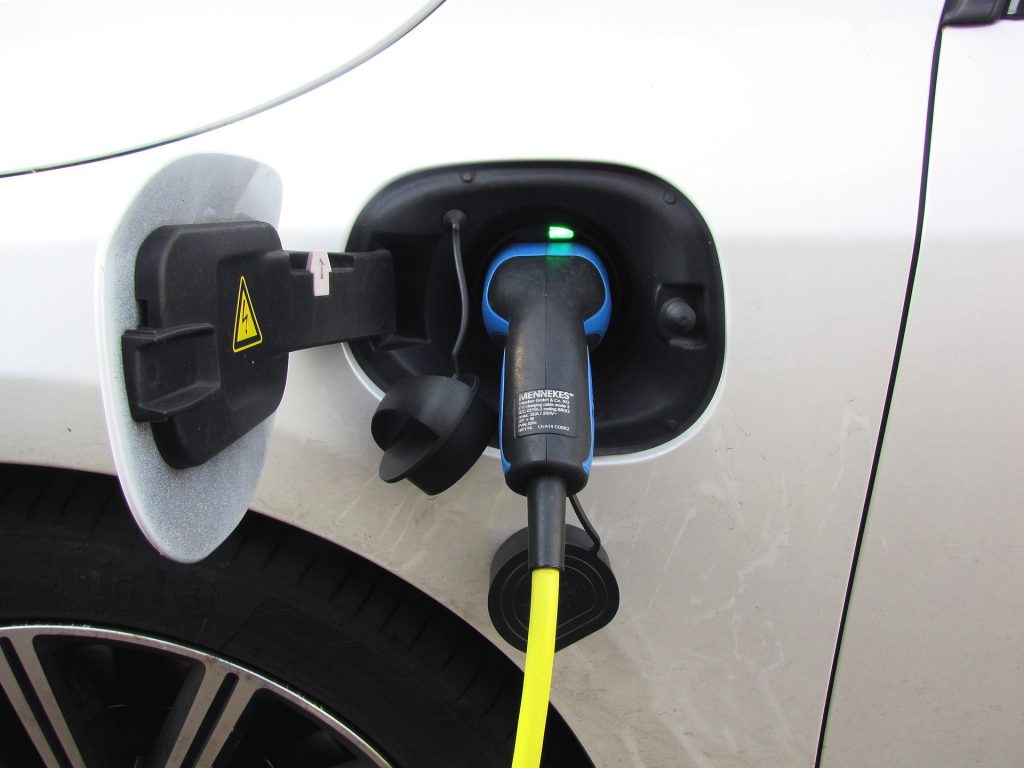BEV
Battery operated Electric Vehicle
100% Electric Vehicles or BEV (Battery operated Electric Vehicle)
100% electric vehicles, otherwise known as “battery electric vehicles” or “pure electric vehicles”, are wholly driven by an electric motor, powered by a battery that can be plugged into the mains. There is no combustion engine.
When the vehicle is slowing down, the motor is put into reverse to slow the vehicle down, acting as a mini-generator to top-up the battery. Known as “regenerative braking”, this can add 10 miles or more to the range of the vehicle.
As 100% of electric vehicles rely entirely on electricity for fuel, they do not produce any tailpipe emissions.
PHEV
Plug in Hybrid
The battery is much smaller than in a 100% electric vehicle and tends to drive the wheels at low speeds or for limited range. However, it is still sufficient in most models to cover well beyond the majority of the average trip lengths for UK drivers.
After the battery range has been utilized, the hybrid capability means that the vehicle can continue journeys powered by its conventional engine. The use of an internal combustion engine means that plug-in hybrid vehicles tend to have tailpipe emissions of around 40-75g/km CO2
E-REV
Extended-range electric vehicles
Extended-range electric vehicles have a plug-in battery pack and electric motor, as well as an internal combustion engine.
The difference from a plug-in hybrid is that the electric motor always drives the wheels, with the internal combustion engine acting as a generator to recharge the battery when it is depleted.
Range extenders can have pure electric range of up to 125 miles. This typically results in tailpipe emissions of less than 20g/km CO2.

ICE
Internal Combustion Engine
The term used to describe a regular car, truck or bus that uses a petrol or diesel engine
EVSE
Electric Vehicle Supply Equipment
Basically, EVSE’s mean electric vehicle chargers. However, not all charging points are always included in the term, as it actually refers to devices enabling two-way communication between the charging station and the electric vehicle.

Post time: May-14-2021





